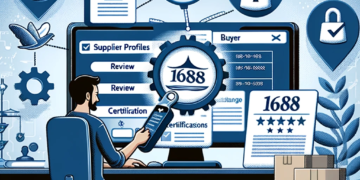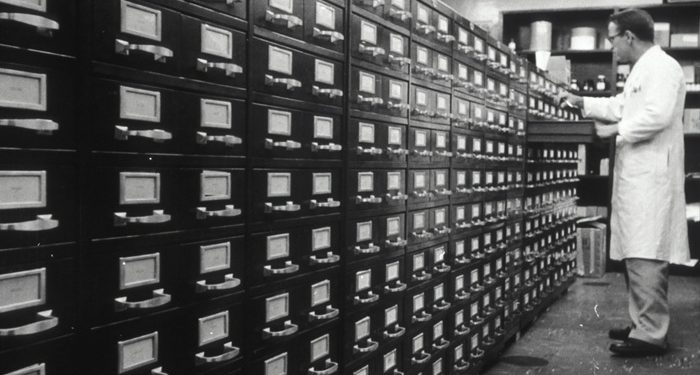The call for sustainability echoes across industries, and the pharmaceutical sector is no exception. With increasing awareness of environmental challenges, the focus has shifted towards adopting eco-friendly practices. One significant step in this direction? Sustainable pharmaceutical packaging.
Why Does Sustainable Packaging Matter in Pharma?
The pharmaceutical industry is one of the largest generators of packaging waste. With billions of blister packs, plastic bottles, and cardboard boxes used annually, the environmental impact is staggering. Sustainable packaging offers a solution to reduce waste, lower carbon footprints, and help preserve ecosystems.
But it’s not just about saving the planet. Consumer expectations are shifting. Patients and healthcare providers alike are gravitating towards companies that demonstrate environmental responsibility. Integrating sustainable packaging is not only good for the planet, but it’s also good for business.
Key Benefits of Eco-Friendly Packaging in Pharmaceuticals
Adopting sustainable packaging goes beyond reducing waste. Here are some broader benefits for the industry:
- Reduced Carbon Footprint: Using renewable materials like bioplastics or recycled cardboard significantly reduces emissions during production.
- Decreased Waste Generation: By switching to biodegradable or reusable packaging, the industry can minimise its contribution to mounting landfills.
- Improved Brand Image: Companies showcasing environmental responsibility foster trust and loyalty among eco-conscious consumers and healthcare providers.
- Compliance with Regulations: Governments are introducing stricter environmental laws. Investing in sustainable packaging ensures compliance and avoids penalties.
Innovations Driving Sustainable Packaging Solutions
The move towards eco-friendly packaging in pharmaceuticals is powered by groundbreaking innovations. Here’s what’s leading the charge:
1. Bioplastics
Bioplastics are derived from renewable sources like cornstarch and sugarcane. Unlike traditional plastics, they are biodegradable, breaking down harmlessly in the environment.
2. Monomaterial Packaging
Monomaterials, such as single-layer blisters made from one type of plastic, simplify the recycling process. They eliminate the need to separate materials during disposal, increasing efficiency.
3. Compostable Pouches
New materials are being developed that allow blister packs and pouches to decompose fully under composting conditions. These ensure zero harmful waste is left behind.
4. Reusable Delivery Mechanisms
Pharmaceutical developers are exploring reusable delivery systems for medications, such as refillable inhalers and medical devices, reducing overall packaging waste.
5. Digital Integration
Smart packaging isn’t just high-tech; it’s sustainable too. QR codes and NFC technologies can replace excess printed materials by housing dosage information, expiry dates, and instructions digitally.
Challenges on the Path to Sustainability
While sustainable packaging is promising, it comes with challenges that require careful attention:
- Regulatory Compliance: Pharma packaging must meet stringent regulatory standards to ensure safety and efficacy, which can complicate the adoption of new materials.
- Cost Implications: While eco-friendly materials are in demand, they can be more expensive to produce, particularly during R&D stages.
- Adaptation Barriers: Entire supply chains need restructuring to effectively produce, distribute, and dispose of sustainable packaging.
Support for Green Innovation
Fortunately, collective efforts from governments, NGOs, and private stakeholders are accelerating the adoption of eco-friendly packaging. Incentives such as subsidies for green technology and stricter regulations for single-use plastics are paving the way for long-term change.
What Lies Ahead?
The global pharmaceutical industry is at a tipping point. With advances in material science and increasing consumer demand for sustainable practices, the future is bright for eco-friendly packaging solutions.
For companies in the pharmaceutical sector, the message is clear. Investing in sustainable practices isn’t optional anymore; it’s a necessity. By rethinking supply chains and adopting innovative materials, businesses can position themselves as leaders in the green transition.
Are you witnessing sustainable packaging initiatives in pharmaceuticals or have ideas for solutions? Share your thoughts in the comments and keep the conversation going!













































































